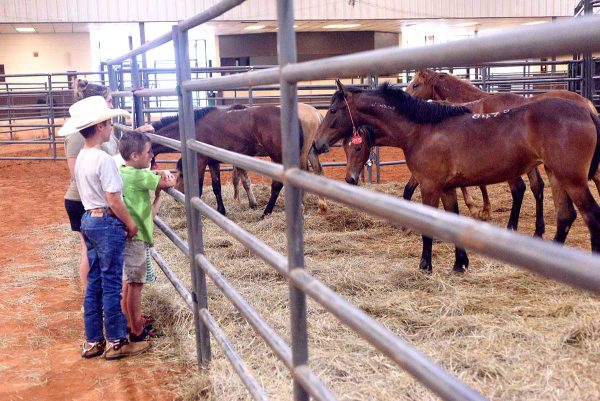Leeds attempting to return to a Tree City: “We want to make a difference…”
Published 7:42 am Monday, August 2, 2010
The Tree Commission for the City of Leeds is continuing to plan plantings of trees, replacement of cut trees and working with developers to conserve trees as new construction continues in the city.
The Tree Commission oversees the management of trees on public property as well as mass cutting of trees in the city. Former Leeds Mayor Jack Courson appointed members to form a tree commission in 1984 with city council approval. The appointees set to work under the direction of their first commissioner Jane Culbreth.
The tree commission has worked hand in hand with the Alabama Forestry Commission to remain up to date on the health of trees, trends in planting and recommendations. The commission also cites the state forestry commission for any problems or concerns to determine a proper solution for all parties. The commission also works with utility companies to coordinate the planning of cutting trees that interfere with utility lines and preserving trees where possible.
“We are very active in the planning and preserving of trees,” said Tree Commission member Eddie Cook. “It is our role to facilitate growth and preservation together. Most of the companies are cooperative and understand the importance of the trees to prevent erosion, flooding, noise reduction and poor air quality.”
Leeds was once listed in the National Arbor Day Foundation’s Tree City USA. The city is now listed among the pending tree cities while completing requirements to return to Tree City status.
“We want to preserve the beauty and the benefits trees provide our citizens,” stated Cook. “You cannot replace the helpful effects of having healthy trees quickly. As we grow we must also conserve our natural resources as a city.”
People comment on the natural beauty of Leeds landscape frequently. The trees that flourish in our area add much more than eye appeal to the surroundings.
Areas with growing and mature trees have lower erosion and runoff. These are vital services trees provide in the flood prone valleys. Erosion protection isn’t their only purpose. Trees produce life-giving oxygen, cleanse the air of carbon dioxide and keep homes cooler reducing energy use for air conditioning.
The Tree Commission supports Arbor Day events within Leeds City Schools as well. Educating students on the value and care of trees is important to future conservation efforts.
“We want to continue working with the schools,” said Jewel Lee, commission member. “It is important that all our citizens understand the importance of protecting the old trees and planting new ones.”
The commission is responsible for projects such as the tree planting in the median of highway 78 near the Bass Pro Shop, along the I-20 eastbound on ramp of the 140 exit, the trees between Caney Fork and Kilgroe Memorial Funeral Home and new crepe myrtles in front of the post office.
Besides planting the trees the commission oversees the health of the trees while they take root and grow. “
Trees can improve the look of business landscapes,” said member Penny Harding. “We want to make our city an attractive and vital place to live and visit.”
The Tree Commission has worked with other cities helping them develop tree ordinances and their own commission boards. With an eye toward future growth, flood concerns and the aesthetic beauty trees provide the tree commission will continue to work cultivating the growth of trees for the benefit of the community.
Tree commission members are: Eddie Cook, commission chair, Brett Isom, Christine Marsicano, Jewel Lee, Penny Harding, Jack Courson, Susan Carswell, city council representative, DeWayne Taylor, Alabama Power Representative and Jeff Faletta, recent nominee. Courson, Lee, Harding and Marsicano have served on the commission since it beginning.
“We want to make a difference in this city,” said Marsicano. “This commission serves to protect and promote Leeds healthy landscape as it expands.”


